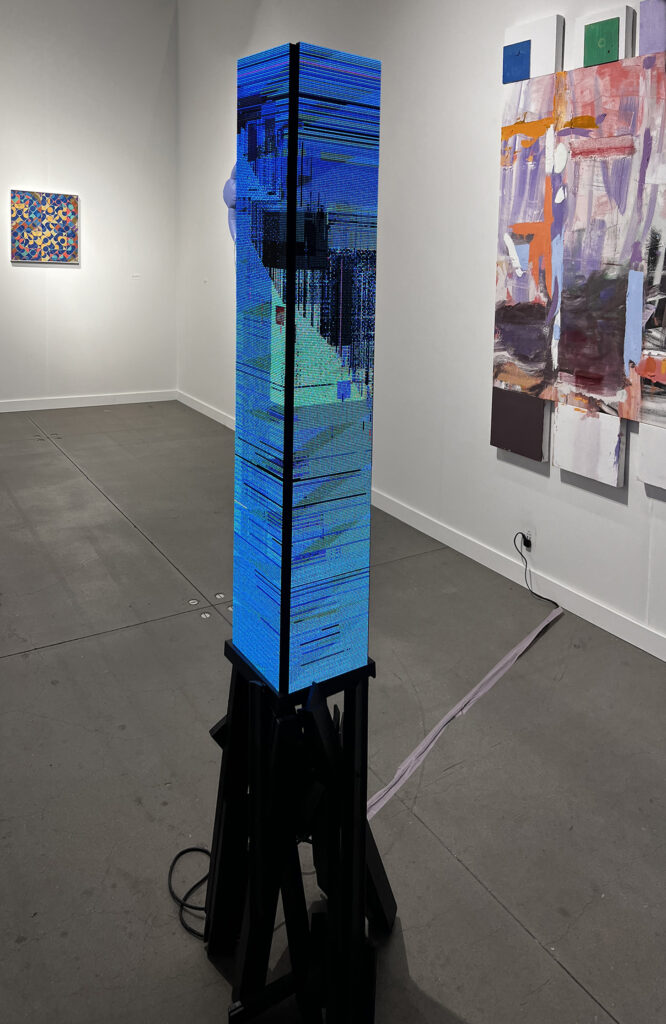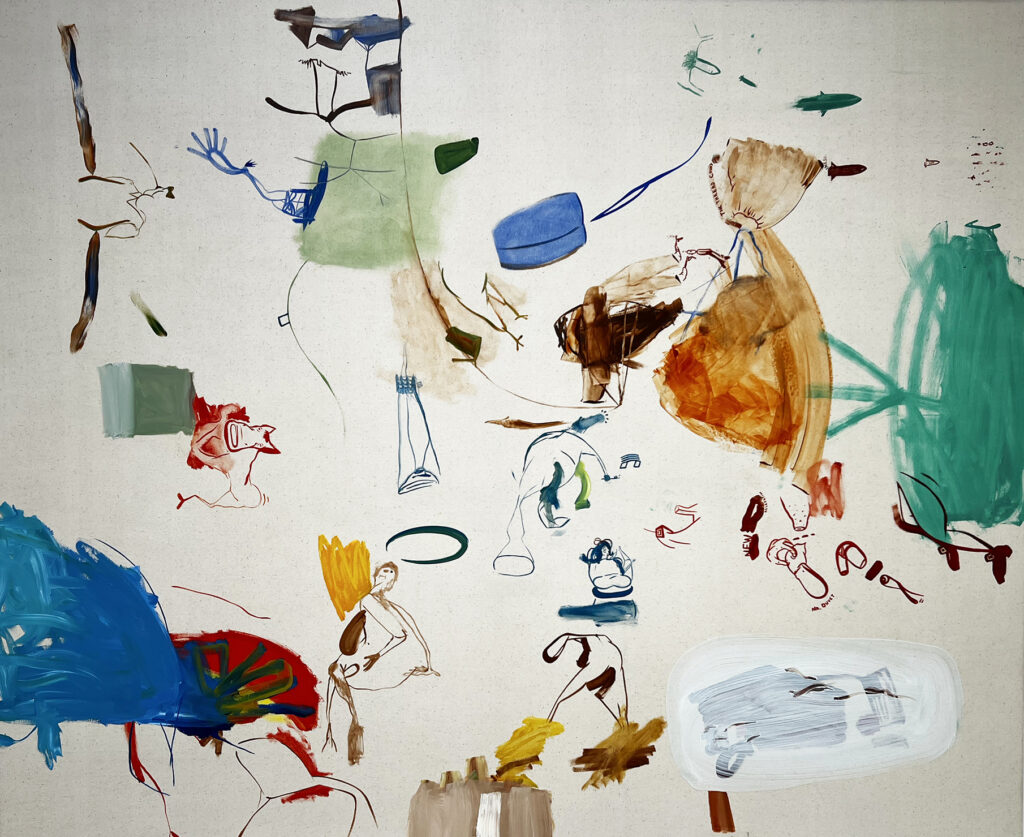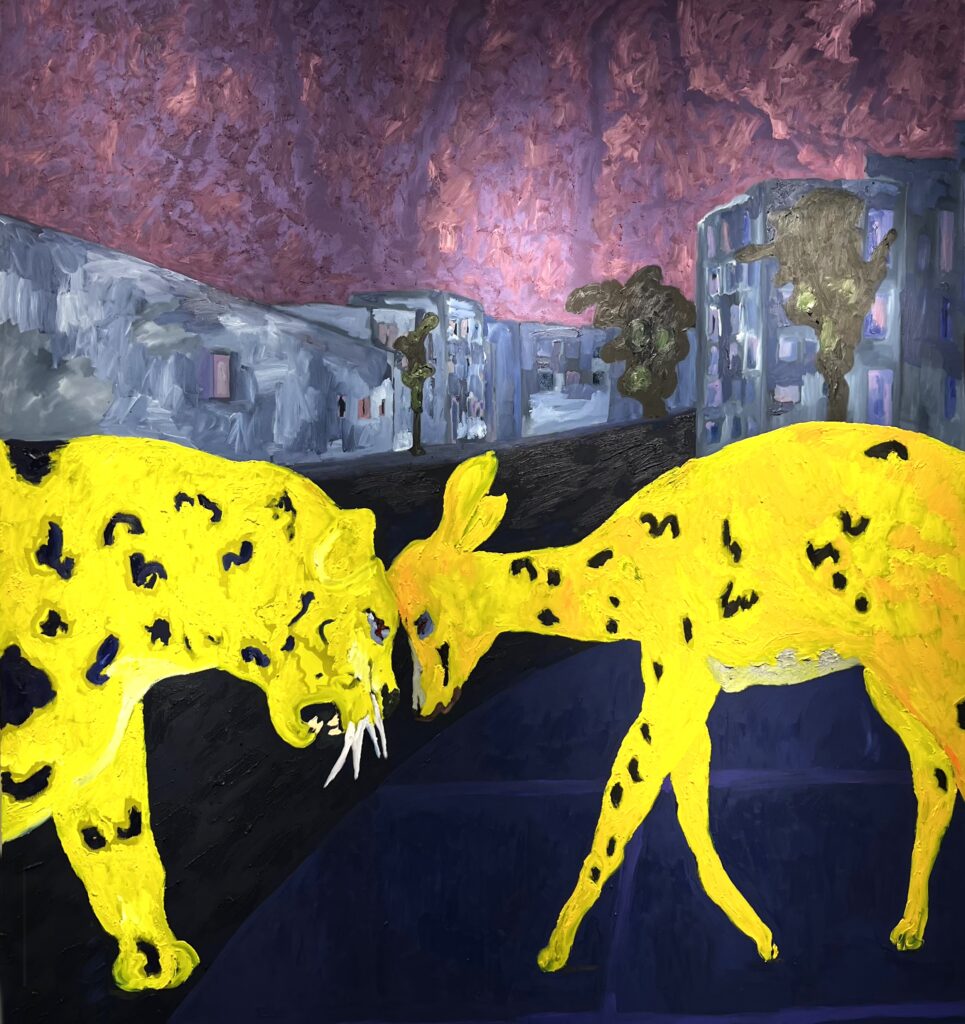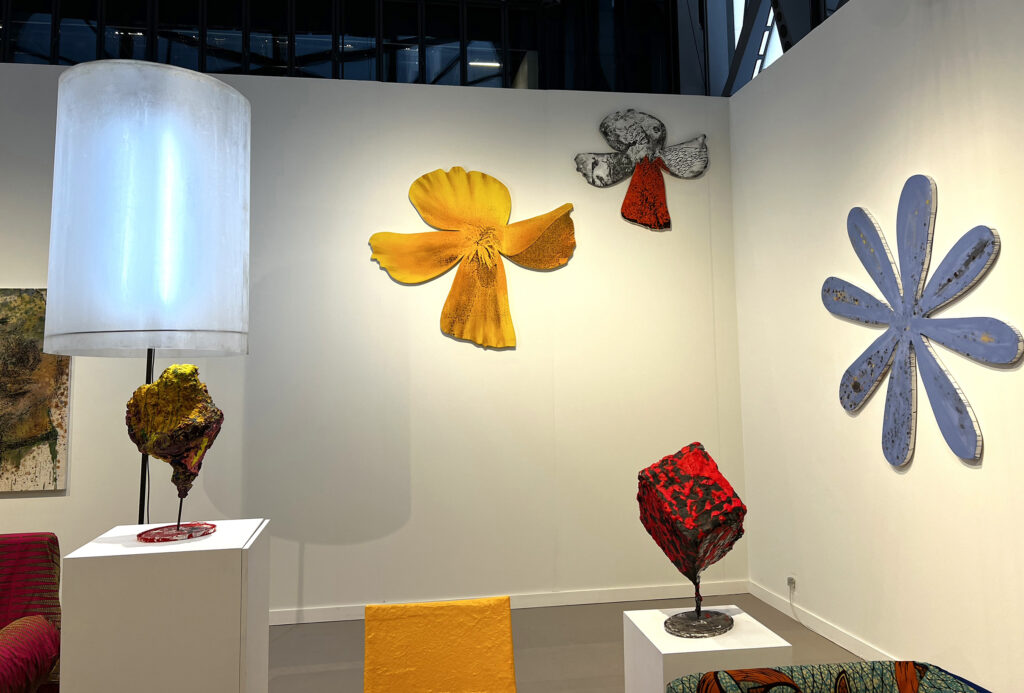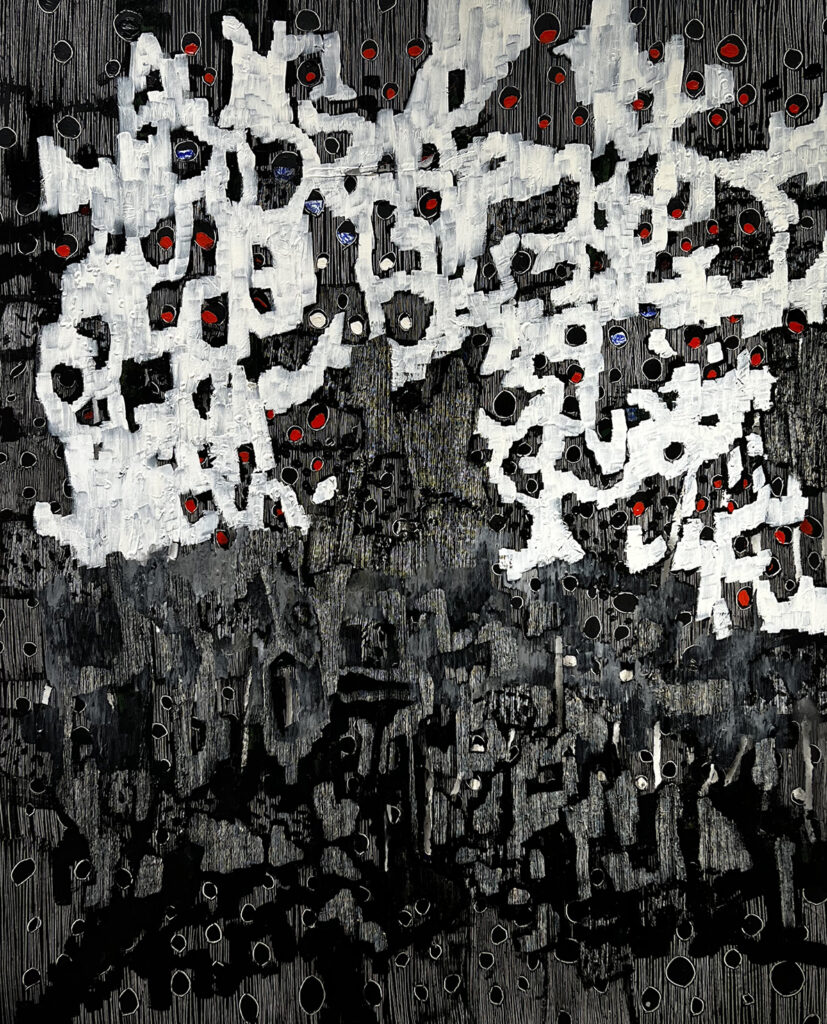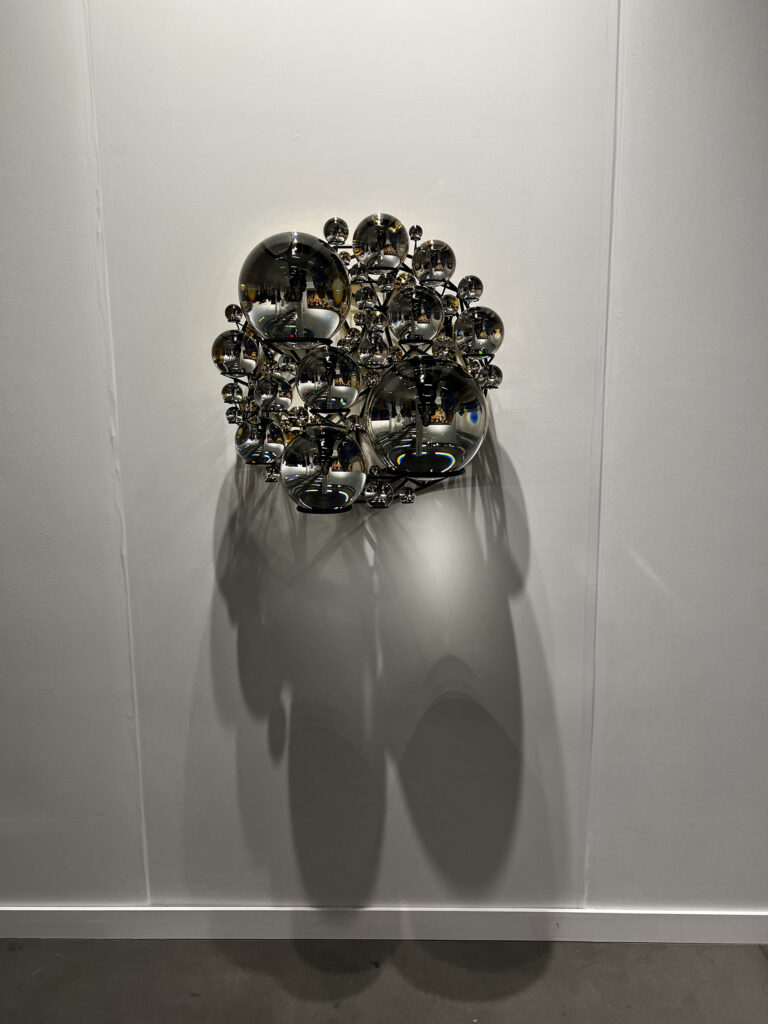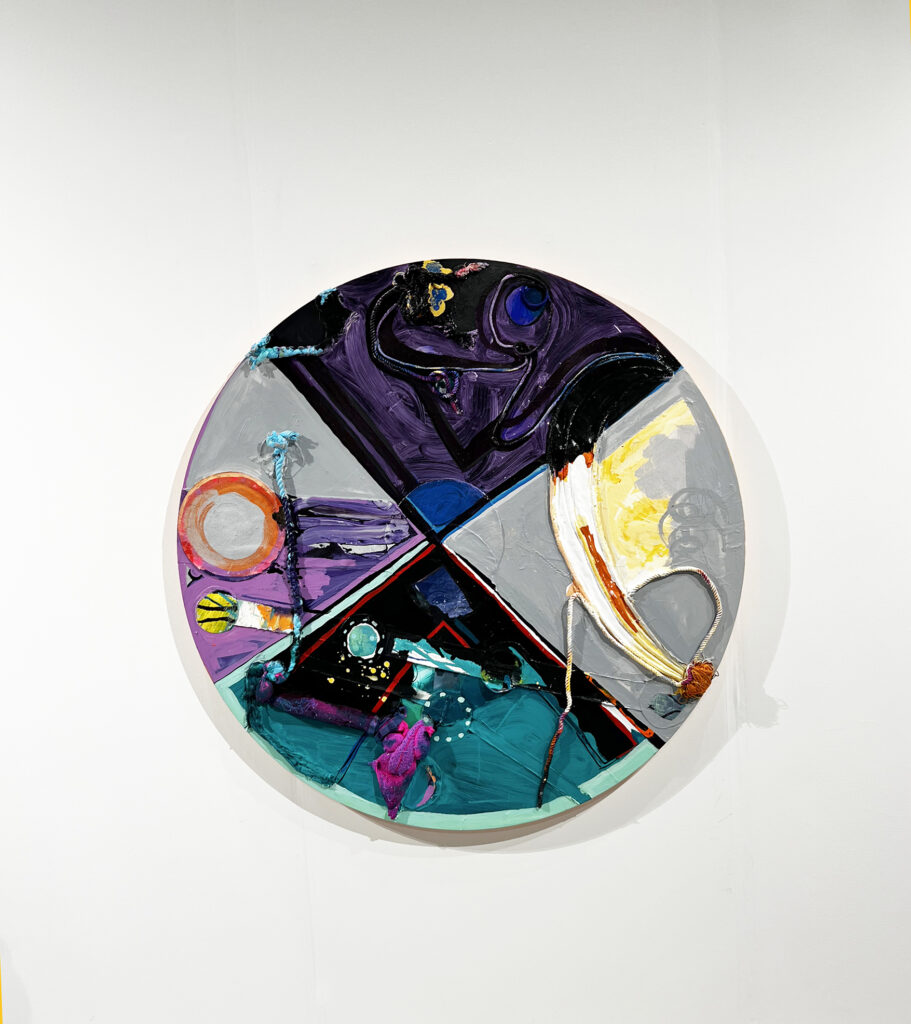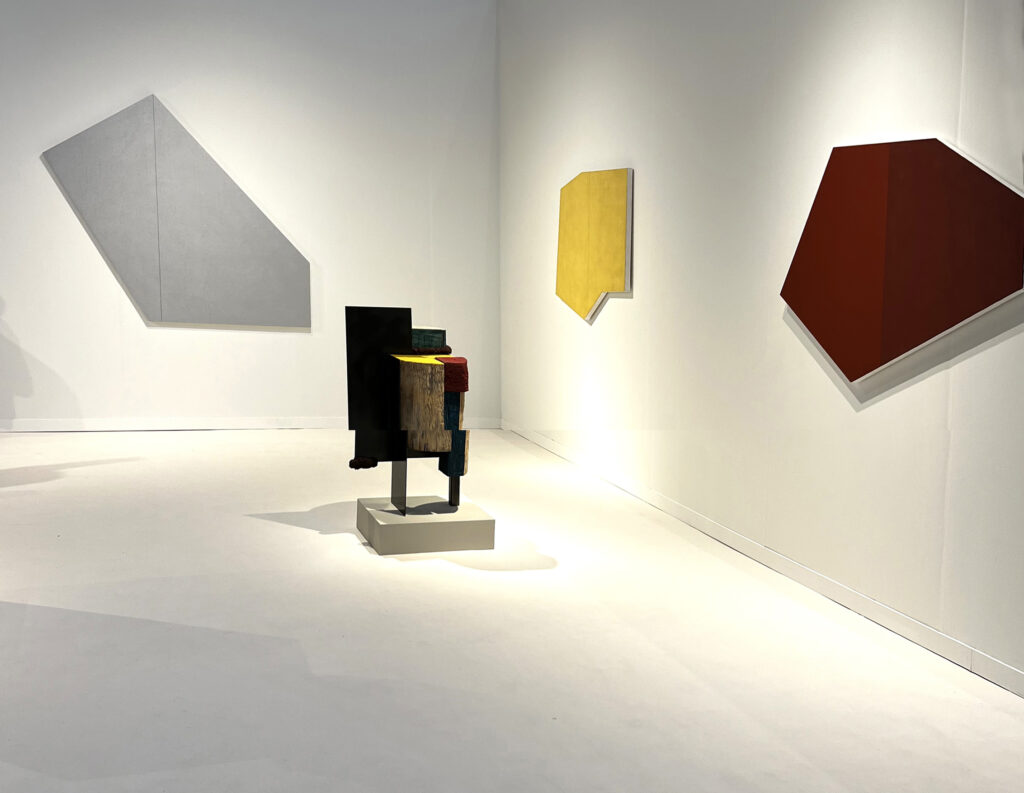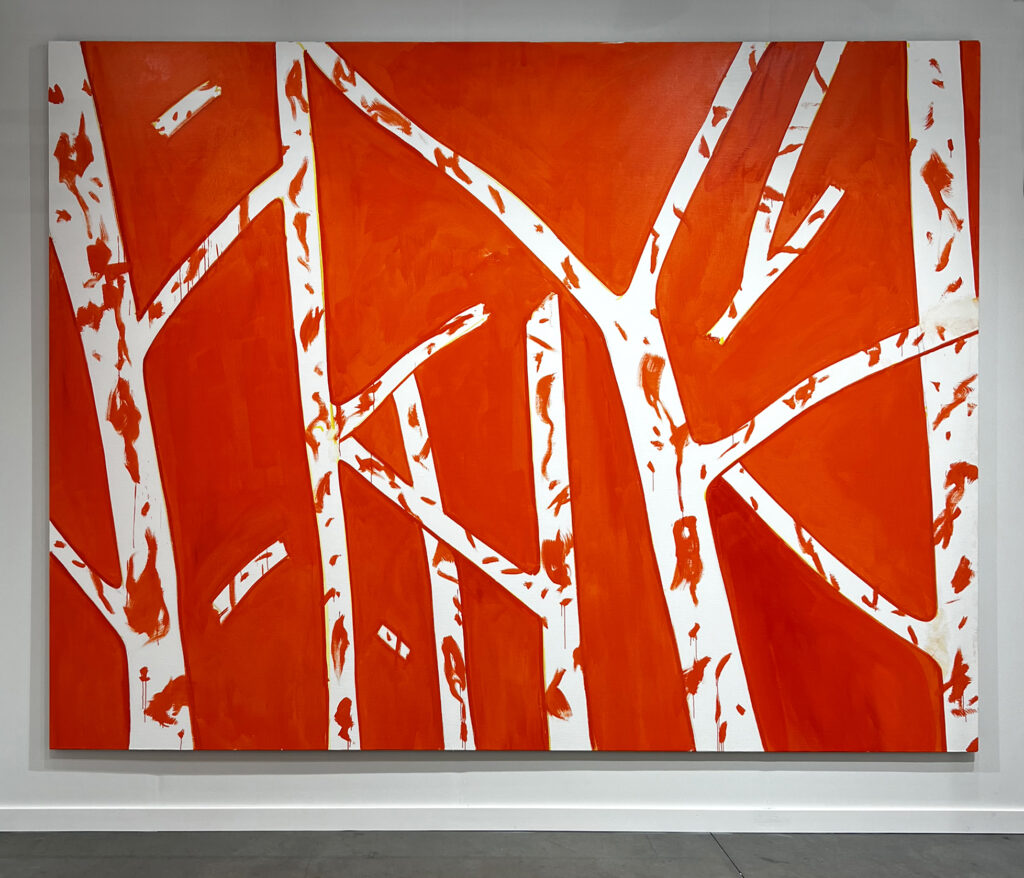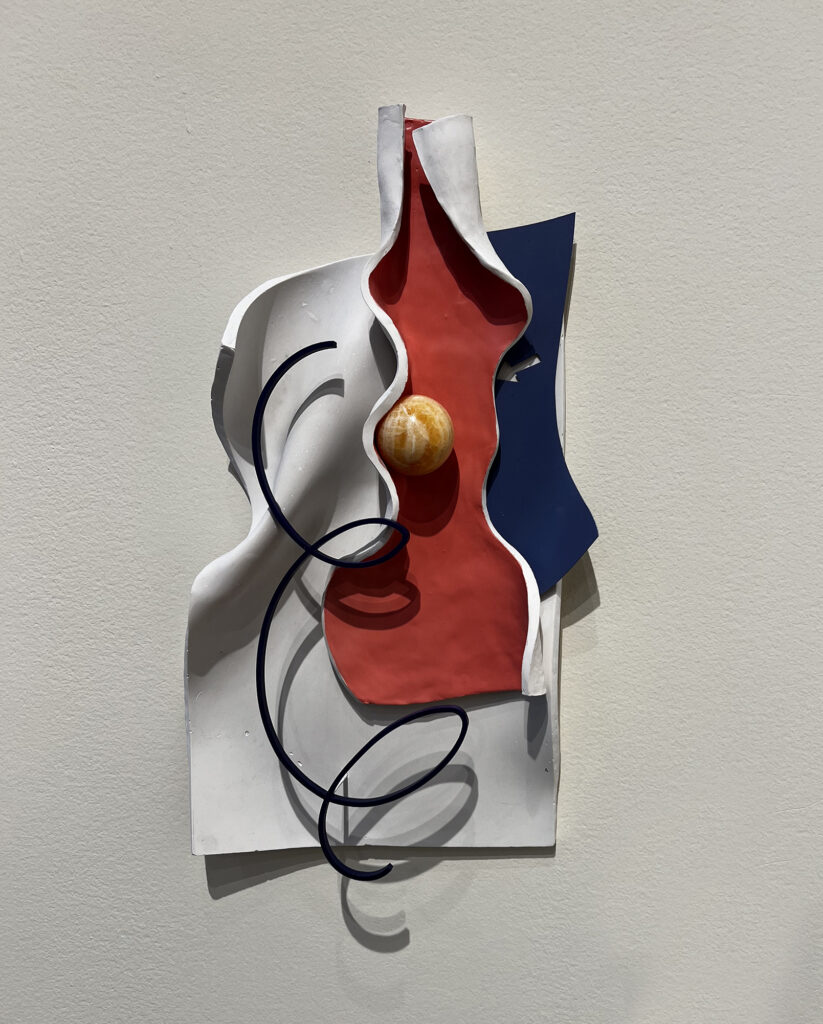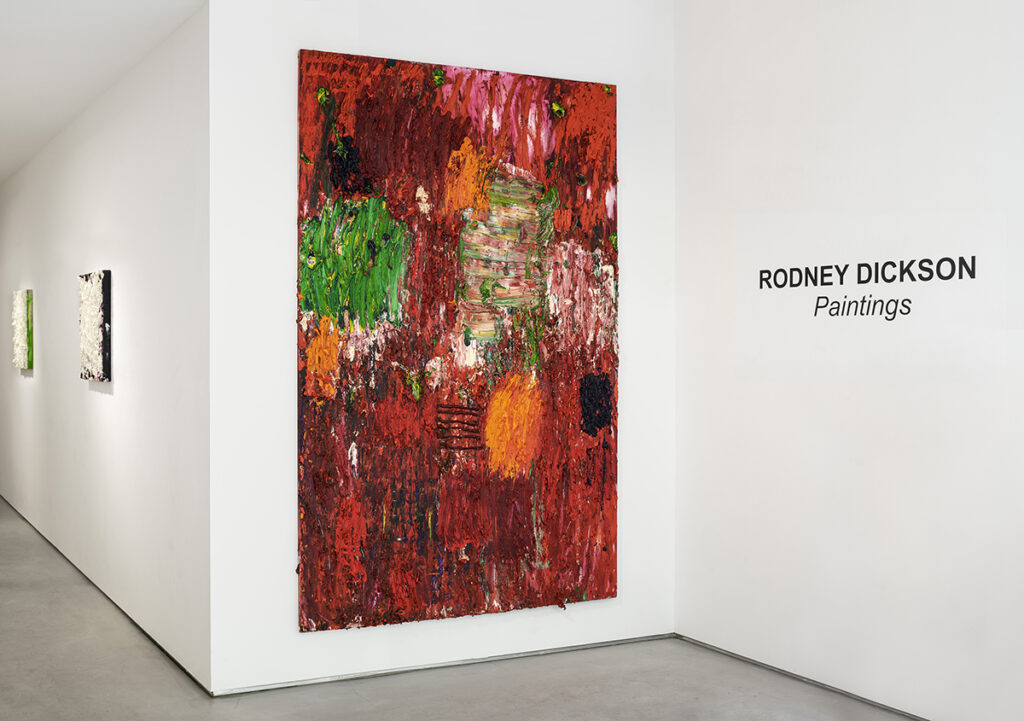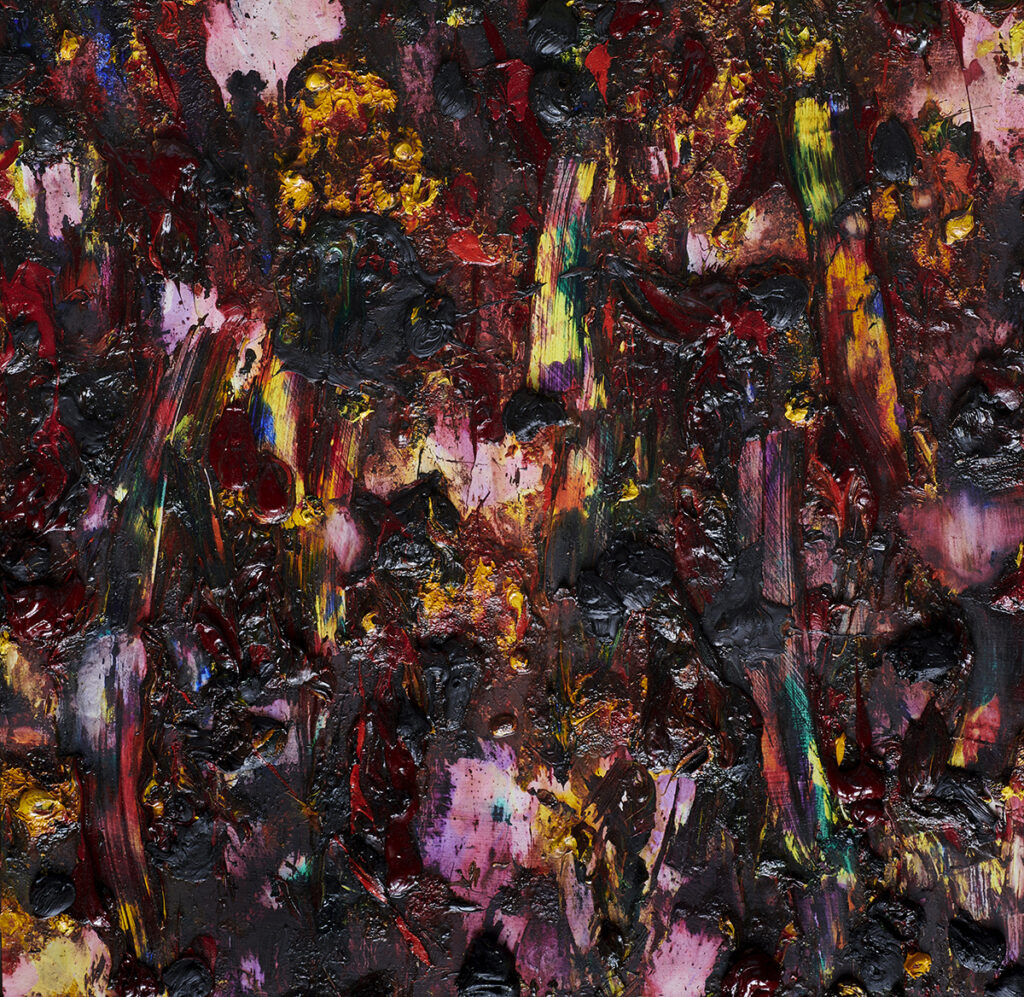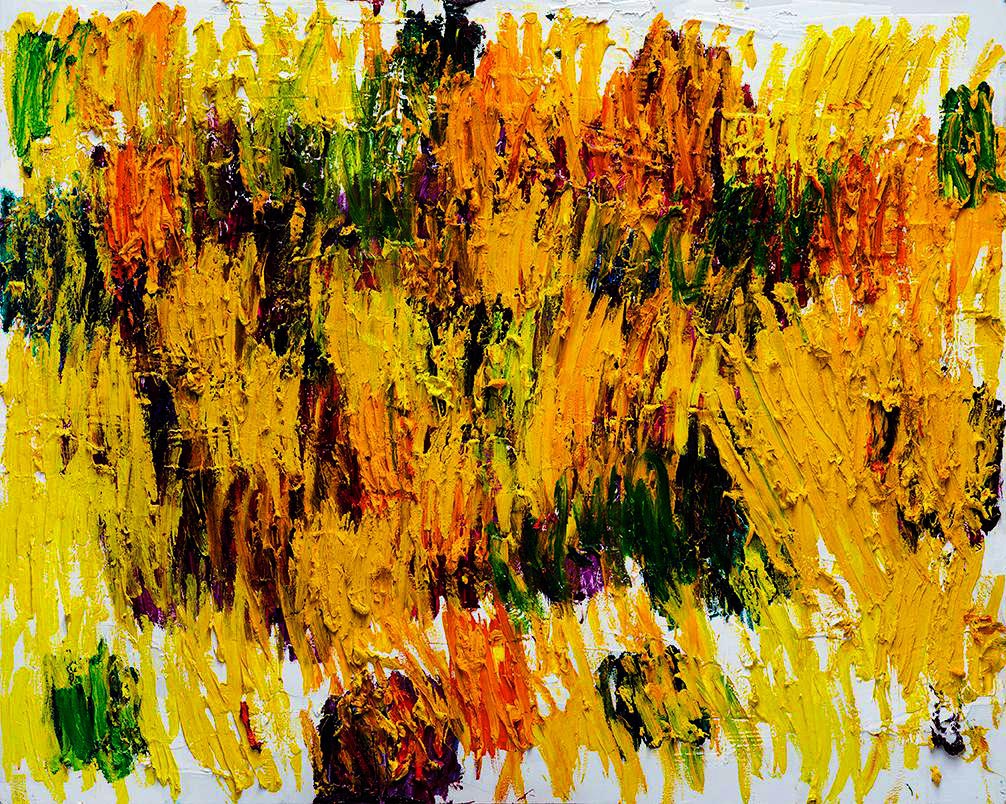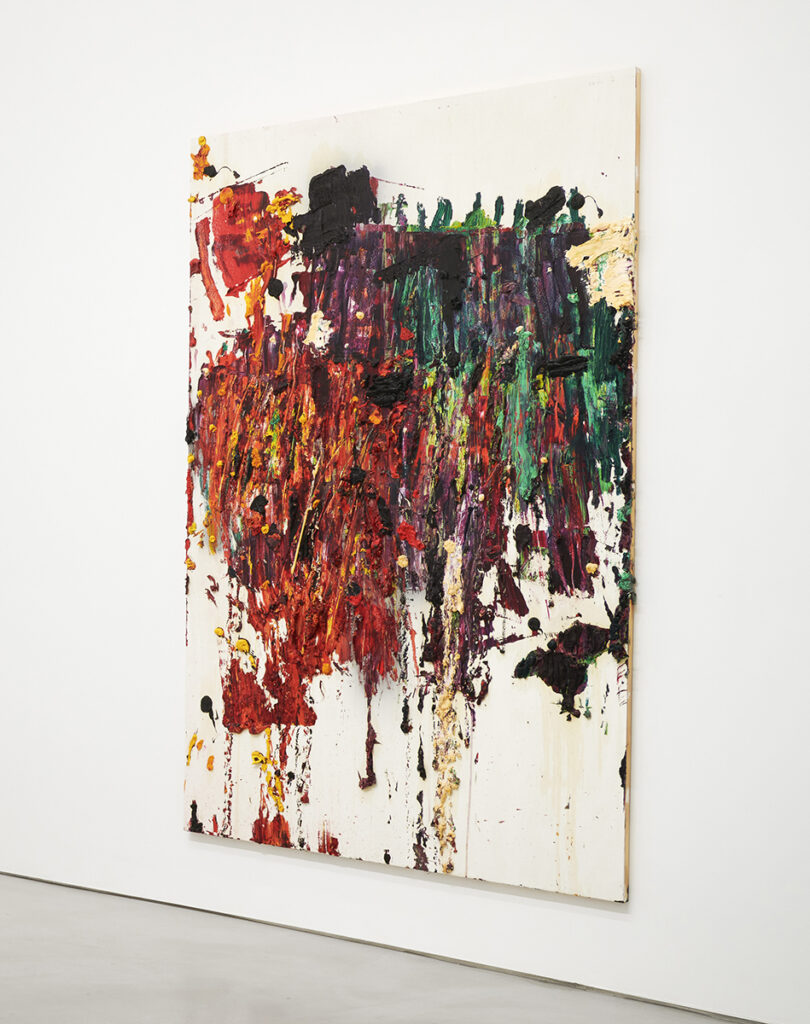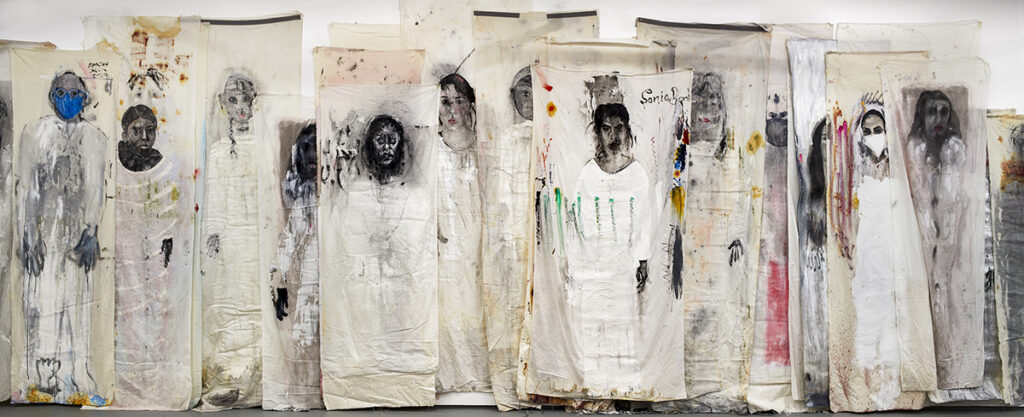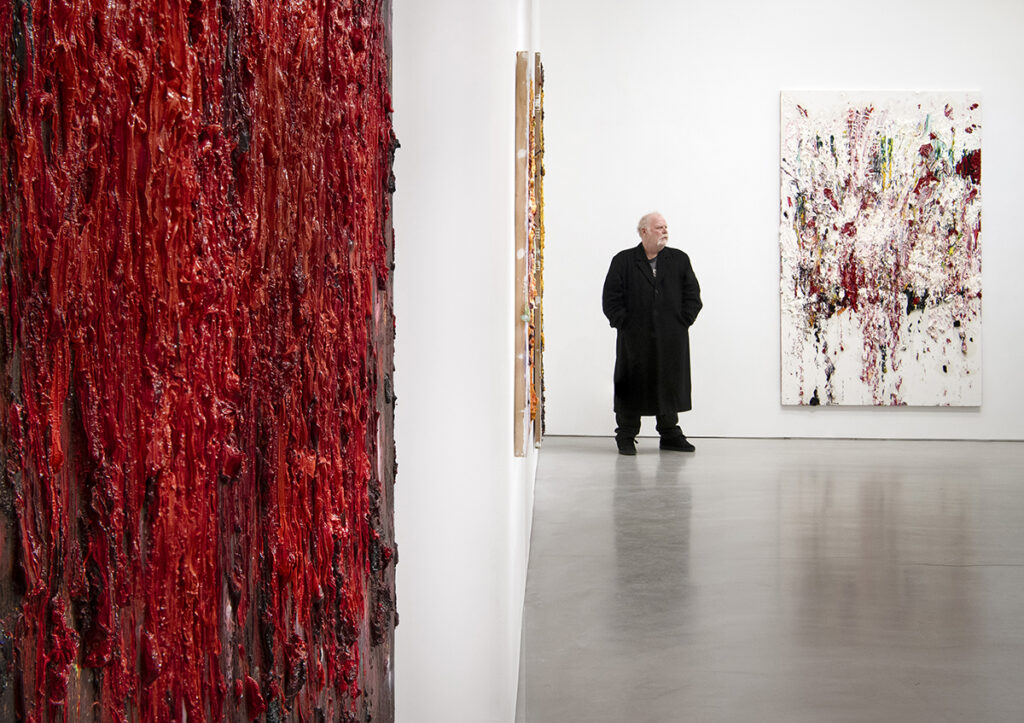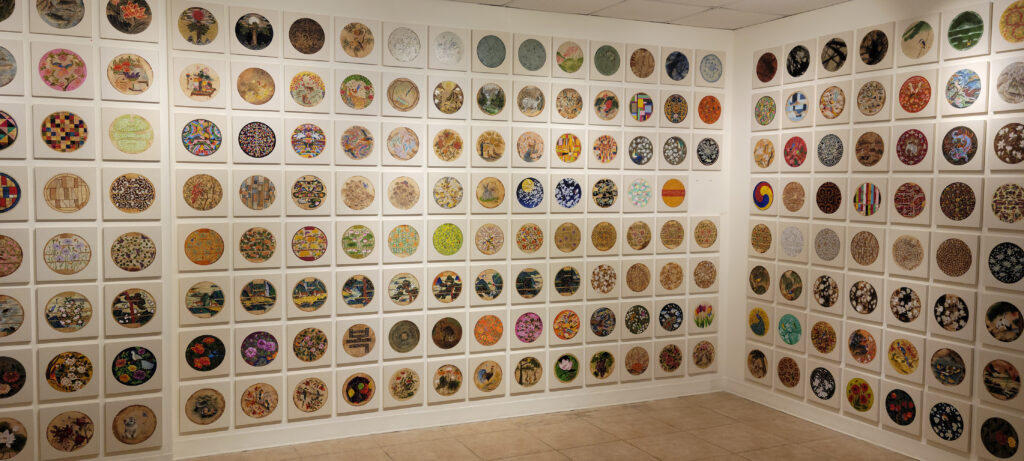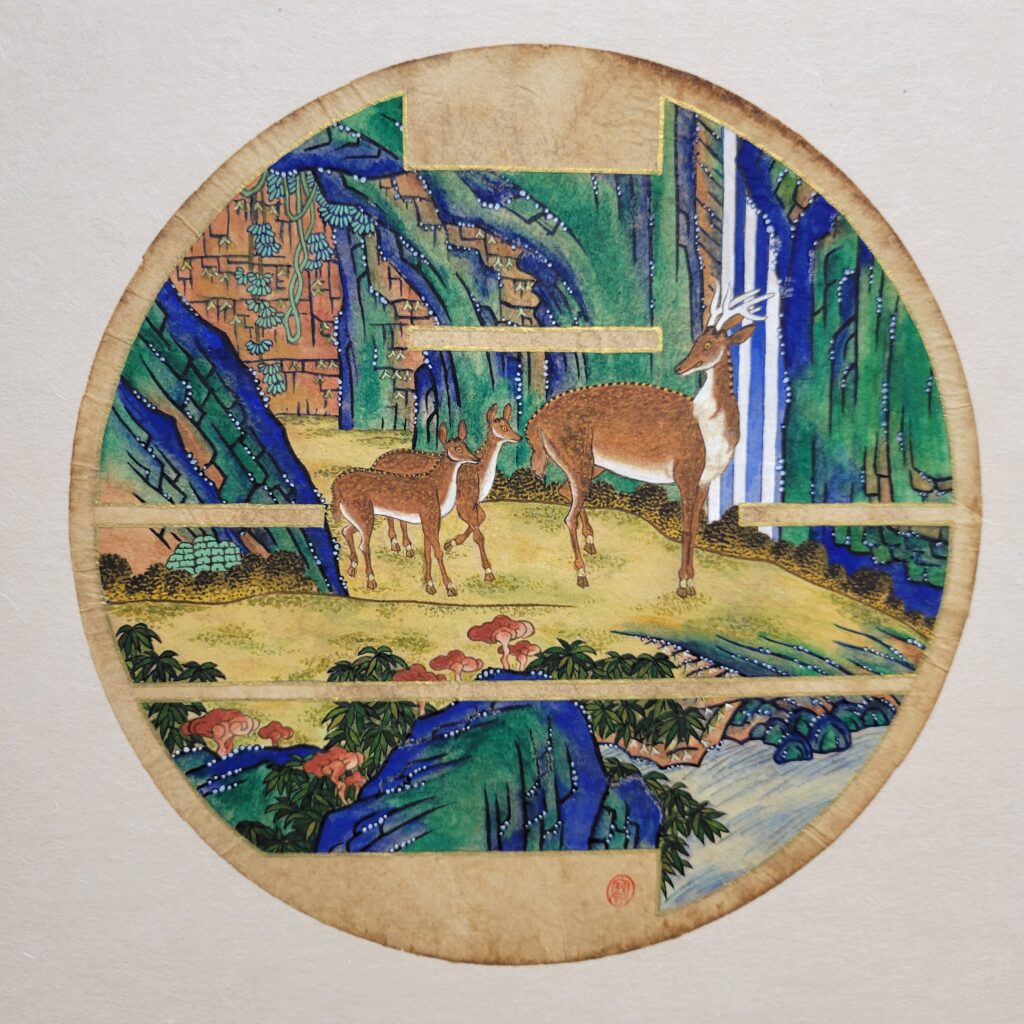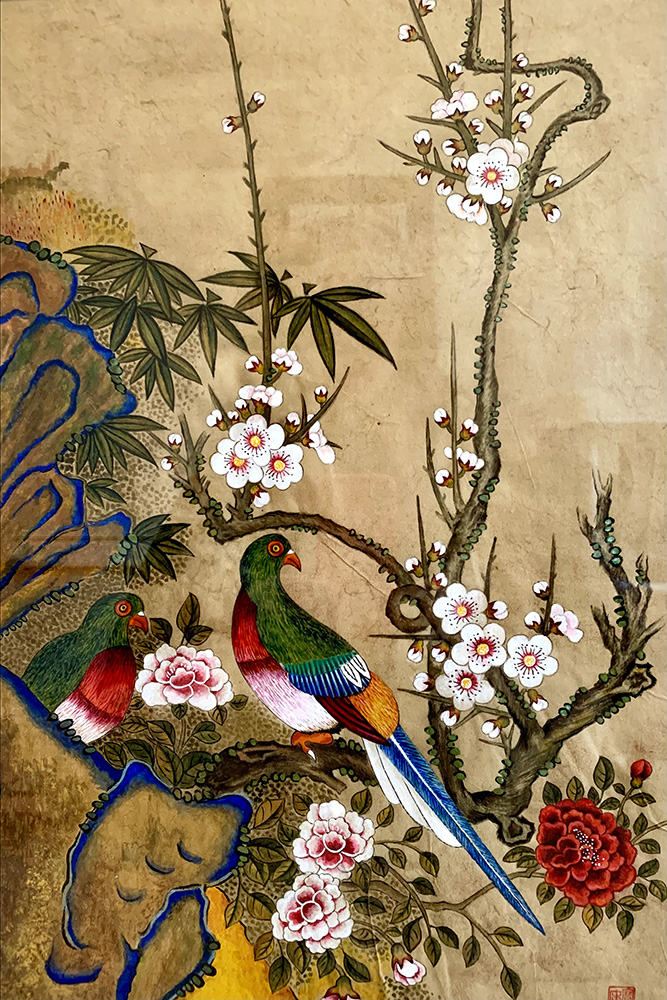by Roy Bernardi and Jennifer Leskiw
When you enter the home of art collector Herb Tookey, you are overwhelmed and dazzled by what you see. From floor to ceiling in almost every room of this charming abode is a collection of art works, sculpture and textiles, currently some 200 pieces. Herb, with the help of his wife Paula, meticulously curated the placement of each piece. You see and feel the relationship of one work to another and can only admire the energetic vision of this collector.
Herb Tookey is an entrepreneur and obviously, a passionate lover of art. He was once a former partner of the Cameron House, an establishment in downtown Toronto known for being an intimate, bohemian bar with ceiling murals and nightly performances. This funky place is where many creative minds and personalities hang out. Artists, writers, performers and musicians all sharing creative thoughts and ideas.
Herb’s first recollection of acquiring an art piece was a portrait of himself painted by his Godmother and given to him when has was quite young. He feels that gift led him to a lifelong journey of collecting with a curiosity and interest that has grown and intensified over the years. Collecting has been in his blood since birth.


What is your favourite art work in your collection?
My collection is like a large family. It’s like being asked which one of my children I like the best. I can’t say as I love them all. I’ve a relationship with all of my art. In that vein of thought, I’ve created a relationship with many of the artists in my collection. I find art interesting and powerful. For instance, I’m so connected with the paintings by Rae Johnson that I can feel Rae in every one of the paintings I own by her. I think I connected with Rae the most. I do have connections with other artists in that most of my collection has been acquired directly from my interactions with the artists I have met over my lifetime. Art pleasure is an interaction with the art work.

What is the highlight for you when collecting? Is it the search or the acquisition?
Neither as it’s the experience of living with the art works. Collecting is extremely personal. It’s educational because it’s an ongoing learning process with fascinating stories and anecdotes. It’s not only the creative element in each piece but of life itself. We human critters are hunters and gatherers looking for attention in craftsmanship and attention to meaning.
Herb has never collected art as an investment in money. It’s not the search or acquisition. For him, collecting art is a profound pleasure in the interaction with the work itself. He feels privileged to be able to surround himself with his collection and enjoy living with it.
If you had unlimited funds which artist or artists would you like to own?
That’s the easiest question of the lot. There were several paintings that made me weak in the knees when I first saw them at a museum exhibition years ago. The McMichael Gallery had a David Milne retrospective where there was a room of “en plein air” works that Milne painted in 1936 at Six Mile Lake near Georgian Bay, Ontario. When I looked at those paintings I felt that Milne had painted the face of God. Those paintings were of sheer air and glorious light. Another artist that touched me is Tom Thomson’s flower paintings from 1916-1917. And lastly, American artist Ralph Albert Blakelock whose intimate romanticist landscape paintings related to the atonalism movement which he developed into an idiosyncratic somber melancholic mood. Blakelock who was institutionalized in his later life was able to capture and create paintings of true personal intimacy.
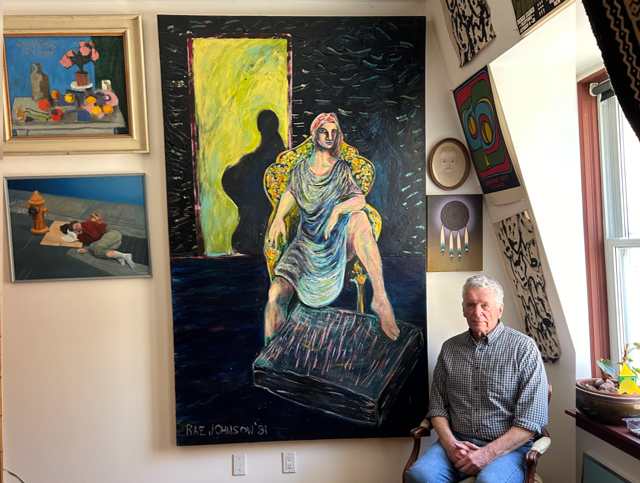
The Tookey Collection features art works by Rae Johnson, Lorne Wagman, Andy Fabo, John Scott, Robert Markle, Shary Boyle, Sybil Goldstein, Derek Caines, David Buchan, Randy Trudeau, Fiona Smyth, Tom Hodgson, Brian Burnett, Carl Ray and John MacGregor, to name a few. A short video of Tookey speaking about a Rae Johnson painting may be accessed here.

